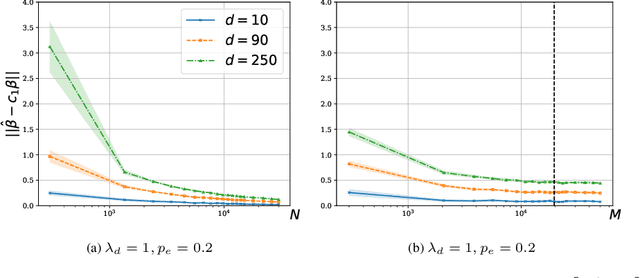Berkan Kadioglu
On the Sample Complexity of Rank Regression from Pairwise Comparisons
May 04, 2021



Abstract:We consider a rank regression setting, in which a dataset of $N$ samples with features in $\mathbb{R}^d$ is ranked by an oracle via $M$ pairwise comparisons. Specifically, there exists a latent total ordering of the samples; when presented with a pair of samples, a noisy oracle identifies the one ranked higher with respect to the underlying total ordering. A learner observes a dataset of such comparisons and wishes to regress sample ranks from their features. We show that to learn the model parameters with $\epsilon > 0$ accuracy, it suffices to conduct $M \in \Omega(dN\log^3 N/\epsilon^2)$ comparisons uniformly at random when $N$ is $\Omega(d/\epsilon^2)$.
An empirical study of Conv-TasNet
Feb 24, 2020



Abstract:Conv-TasNet is a recently proposed waveform-based deep neural network that achieves state-of-the-art performance in speech source separation. Its architecture consists of a learnable encoder/decoder and a separator that operates on top of this learned space. Various improvements have been proposed to Conv-TasNet. However, they mostly focus on the separator, leaving its encoder/decoder as a (shallow) linear operator. In this paper, we conduct an empirical study of Conv-TasNet and propose an enhancement to the encoder/decoder that is based on a (deep) non-linear variant of it. In addition, we experiment with the larger and more diverse LibriTTS dataset and investigate the generalization capabilities of the studied models when trained on a much larger dataset. We propose cross-dataset evaluation that includes assessing separations from the WSJ0-2mix, LibriTTS and VCTK databases. Our results show that enhancements to the encoder/decoder can improve average SI-SNR performance by more than 1 dB. Furthermore, we offer insights into the generalization capabilities of Conv-TasNet and the potential value of improvements to the encoder/decoder.
 Add to Chrome
Add to Chrome Add to Firefox
Add to Firefox Add to Edge
Add to Edge